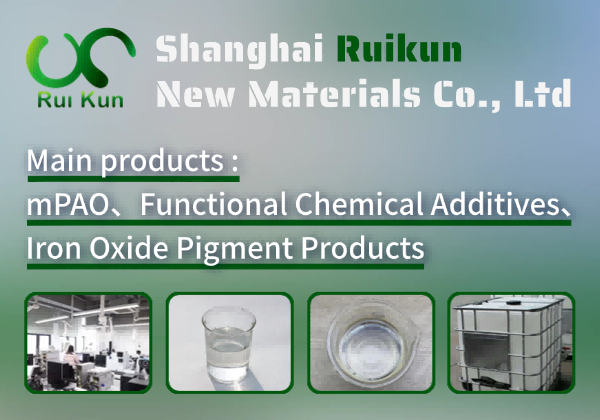What is iodine chloride, ammonia salt
**Introduction to Iodine Chloride Ammonia Salt** Iodine chloride ammonia salt is an inorganic compound formed by the reaction of iodine monochloride (ICl) with ammonia (NH₃). This versatile chemical is primarily used in organic synthesis as a halogenating agent, facilitating the introduction of iodine or chlorine into target molecules. It also serves as a disinfectant and analytical reagent in laboratory settings. Known for its strong oxidizing properties, iodine chloride ammonia salt is valuable in pharmaceutical and chemical research. However, due to its reactive nature, it requires careful handling under controlled conditions. Its stability and reactivity make it a useful intermediate in specialized industrial and scientific applications.
Preparation Process: To prepare iodine chloride ammonia salt (NH4ICl2), follow these steps: 1. **Dissolve Ammonium Chloride**: In a fume hood, dissolve ammonium chloride (NH4Cl) in concentrated hydrochloric acid (HCl) to form a saturated solution. 2. **Add Iodine Monochloride**: Slowly add iodine monochloride (ICl) to the solution while stirring continuously. The reaction is exothermic; maintain cooling in an ice bath. 3. **Precipitation**: The product NH4ICl2 precipitates as yellow crystals. Filter the mixture under reduced pressure. 4. **Wash and Dry**: Wash the crystals with cold concentrated HCl, then dry them in a desiccator over anhydrous calcium chloride (CaCl2). Store in an airtight container. Ensure all steps are performed in a well-ventilated area due to toxic fumes.
Usage Scenarios: Iodine chloride ammonia salt (ICl·NH₃) is primarily used as a halogenating agent in organic synthesis, facilitating the addition of iodine or chlorine to unsaturated compounds. It serves as a disinfectant and antiseptic due to its strong oxidative properties. In analytical chemistry, it acts as a reagent for detecting unsaturated bonds in hydrocarbons. The compound is also employed in the preparation of iodinated derivatives and pharmaceuticals. Additionally, it finds application in water treatment for microbial control. Its stability and reactivity make it useful in laboratory settings for controlled halogenation reactions. Safety precautions are essential due to its corrosive and toxic nature.
iodine chloride, ammonia salt Basic Info
iodine chloride, ammonia salt Price
China: $200-400
Russia: $250-450
Germany: $350-550
India: $150-250
Japan: $400-600
Brazil: $100-300
South Korea: $300-500
Philippines: $50-150
United Kingdom: $350-550
France: $300-500
Mexico: $200-400
Canada: $300-500
South Africa: $150-250
Egypt: $100-300
Turkey: $200-400
Thailand: $150-250
Indonesia: $100-300



